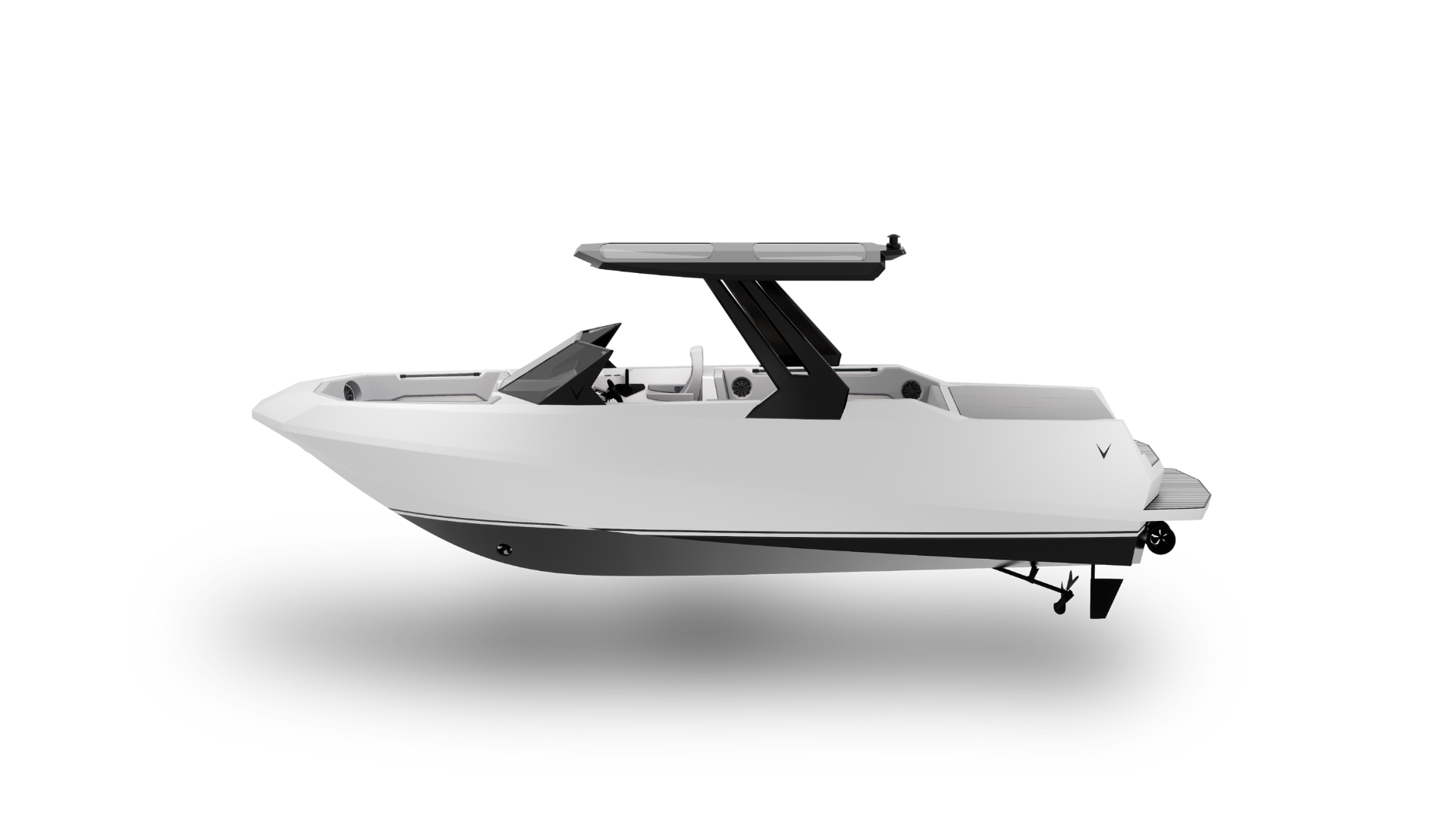ANY QUESTIONS?
CONTACT US.
HAVE A QUESTION?
WRITE TO US!
FAQ's
Yes! Our batteries have several layers of protection between them and the water, both through watertight physical means such as battery casings, the hull, and fuses, and through technological means such as the Battery Monitoring System (BMS). The BMS monitors all aspects of the battery unit and can shut down the flow of electricity if the battery is becoming too hot, short circuits, has issues with charging any other issue the battery could face. All these technologies are already implemented in electric vehicles and are why you can charge and drive an electric vehicle in the rain without issue!
We have calculated you will be able to enjoy a full 8-hour day on the water doing a mix of your favorite different watersports and relaxing with friends! However, as with gasoline powered boats, different activities use different amounts of power, so it is difficult to say exactly how long a full charge will take you. What we can say though is that unlike gasoline powered boats, almost no power is lost from the battery to the motor making electric vessels extremely efficient and there is no wasted energy from idling as there is no power loss when the boat is in neutral.
Thanks to fast charging technology, we are expecting the boat to be able to charge its 200kWH battery pack to 80% in only two hours or using standard charging overnight! We are also partnering with fast charging providers to set up these chargers at marines and boat ramps!
As we are still in the prototyping phase, it is difficult to know what the final retail price will be. What we can say, however, is we are doing everything we can to create a vessel that is fun to ride behind, has all the luxury features of a modern vessel and will still be in the price range of similar boats!
Electric boats come in a range of sizes and capabilities, and their range can vary widely depending on several factors. These include the size and capacity of the boat's battery, the power of the electric motor, the speed at which the boat is operated, its overall efficiency, and environmental factors such as wind, waves, and currents. Foiling boats are generally more predictable due to the nature of their design, which reduces drag and improves efficiency.
It is difficult to compare electric motor power to horsepower. There is a direct conversion rate of kW to horsepower, however, this number can be misleading based on how the two different options operate over a wide range of rpms. The good news is though that electric boats theoretically actually need less power than their gasoline counterparts purely on a numerical basis! This may seem counterintuitive, but the most power the motor of a boat ever needs is when starting at a standstill and then getting up to speed. Once the vessel is at cruising speed, the power required to keep it propelled is much less. Electric motors are able to utilize almost all of their available torque starting at zero rpm, meaning they accelerate faster and reach their cruising speed more quickly than a gasoline engine, ultimately requiring less power overall. Additionally, electric motors do not lose power at higher altitudes like gasoline engines do, making them a great option for boaters who frequent high-altitude lakes.

